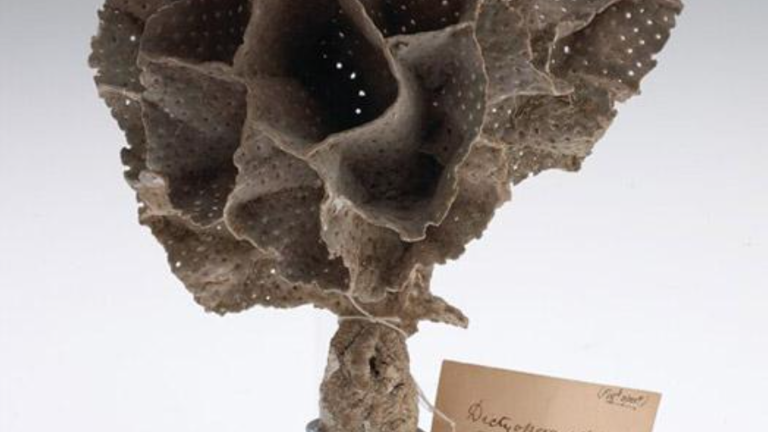
Paul Howard McGillivray
Born in Edinburgh, Scotland in 1834, Paul Howard MacGillivray was the son of William MacGillivray, professor of natural history at the University of Aberdeen. He initially followed his father's lead by studying natural history, but switched to medicine following his father's death. Having graduated in medicine and surgery in London, he migrated to Melbourne soon after, in 1855.
MacGillivray established himself in the colony with a medical practice in the beachside suburb of Williamstown, then shifted inland to Sandhurst (Bendigo). Resident surgeon at the local hospital from 1862 to 1873, he subsequently started a private practice. A renowned surgeon, he was well known in the Victorian medical profession, and was elected President of the Medical Society of Victoria in 1874.
As a medical surgeon and researcher, MacGillivray would have been handy with a microscope, his keen eye for anatomical detail able to discern subtle differences in form and structure. These skills were also well-suited to his hobby: the study of bryozoans or 'lace corals'.
An easily overlooked type of marine animal, lace corals are often small, cryptic and dully-coloured to the naked eye. Exactly why they maintained MacGillivray's curiosity is a mystery, particularly as he was based some 150 kilometres from the coast, without access to fresh or living specimens, and was forced to rely on preserved material for study. Perhaps his attention was captured whilst peering down his microscope, where the true beauty of the bryozoans' delicate, fine and ornately-sculptured calcareous skeletons was revealed.
MacGillivray published the first of a series of scientific papers on bryozoans in 1859, and rapidly established himself as the local expert in the group. He was the obvious person for McCoy to turn to for advice and information on the puzzling bryozoans for the Prodromus, and to assist with McCoy's ambition to publish 'all that were known on our shores'.

